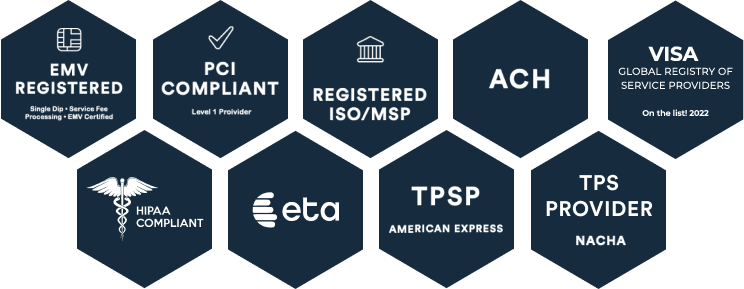Government agencies rely on request for proposals (RFPs), but that process can be lengthy and complicated as you work to ensure accuracy and completeness.
It is not out of the ordinary for RFP complexity to cause delays and demand more time and government resources than initially allocated. With a streamlined RFP system, your agency can boost procedural efficiency and productivity across every stage of an RFP for content management and payment processing. In this article, CORE offers recommendations for conserving valuable resources you can then use to serve your constituents.
5 Common Challenges in the Traditional RFP Process for Government Agencies
Government agencies face hurdles with commonly employed RFP practices. These five common roadblocks are often inevitable and pose challenges for agencies with a limited timeline for proposal submission:
1. Compliance
Important regulations exist around the use of taxpayer revenue. The laws and regulations guiding this usage are strict, with several checks along the way to ensure compliance. Though vital, delays can occur with repeated compliance checks or with any arising regulatory issues.
2. Accuracy
A single error can stall an RFP until it’s resolved. At the outset, measures taken to ensure accuracy in the proposal and within the regulations that govern it can be time-consuming and challenging. When RFP documents are lengthy or complicated, achieving accuracy can be an even greater challenge.
3. Communication
Every RFP requires input and development efforts from various individuals and entities. This collaboration depends on clear and consistent communication. Correspondence with potential vendors is also essential to verify and obtain the necessary information to complete the proposal. Any communication barriers can create significant roadblocks in the process.
4. Organizational Restrictions
Government agencies can lack the tools and technology to streamline the steps of their RFPs. Manual tasks and outdated data systems are often the norms. Many agencies are also subject to the policies and decisions made by officials and must go through several administrative layers to achieve conclusions.
5. Information Availability
Without adequate evaluation criteria, agencies don’t always have a clear way to score vendor proposals and reduce subjectivity in the process. After suppliers submit their bids, there’s not always an easy way to summarize and classify their information or provide vendor feedback.
How to Streamline RFPs for Content Management and Payment Processing
With these challenges, the RFP process can span months. You can manage these delays by addressing barriers that slow down or complicate the process:
- Increase department productivity with relevant improvements to internal operations.
- Look to automation and digital technology for procurement processes wherever possible.
- Achieve inter-departmental alignment for a comprehensive, holistic view of procurement.
- Simplify the bidding process for suppliers and vendors.
- Form co-op purchases or multi-work agreements with purchases when possible.
Each solution can help standardize RFP protocol, addressing the areas most likely to interrupt or stall your procurement process.
Benefits of Streamlining RFP Processes
When government agencies streamline RFP processes for content management and payment processing, it maximizes efficiency on both ends of the proposal. A streamlined process:
Increases widespread contextual understanding
With increased visibility, departments can better collaborate to clarify the proposal objectives, delegate team responsibilities, and coordinate decisions.
Encourages competitive pricing
The more accessible and straightforward your RFP is, the larger the vendor pool your agency can attract, resulting in more competitive bids.
Reduces the risk of errors through automation
Digitized and automated processes simplify compliance by reducing manual tasks that tend to increase errors.
Centralizes data insights and revenue tools
Investing in digital platforms often means consolidating relevant data that may affect the procurement process, creating a clearer picture of quotes, feedback, or budget information.
Integrates RFP processes with other systems
Critical tasks, like pulling important revenue information or building pricing tables, are easier to complete when you can assimilate RFP-related tasks into existing content management and payment processing systems.
Prepares teams for procurement
A streamlined RFP process removes barriers to understanding or collaboration across departments, so teams are more prepared to make quick decisions and work together toward ideal outcomes.
Streamline Your Experience with CORE
When the City of Davenport adopted CORE’s modern payment solutions, they experienced a measurable improvement in operational efficiency. Modernized payment solutions leverage digital revenue processes to give government agencies a significant boost of efficiency. With an improved workflow, agencies can speed up their acquisition systems and minimize many barriers that extend or complicate the RFP process.
Adopt the best practices from the private sector to help improve your procurement processes with CORE’s government solutions. Discover how CORE can help transform your agency’s payment experience.






